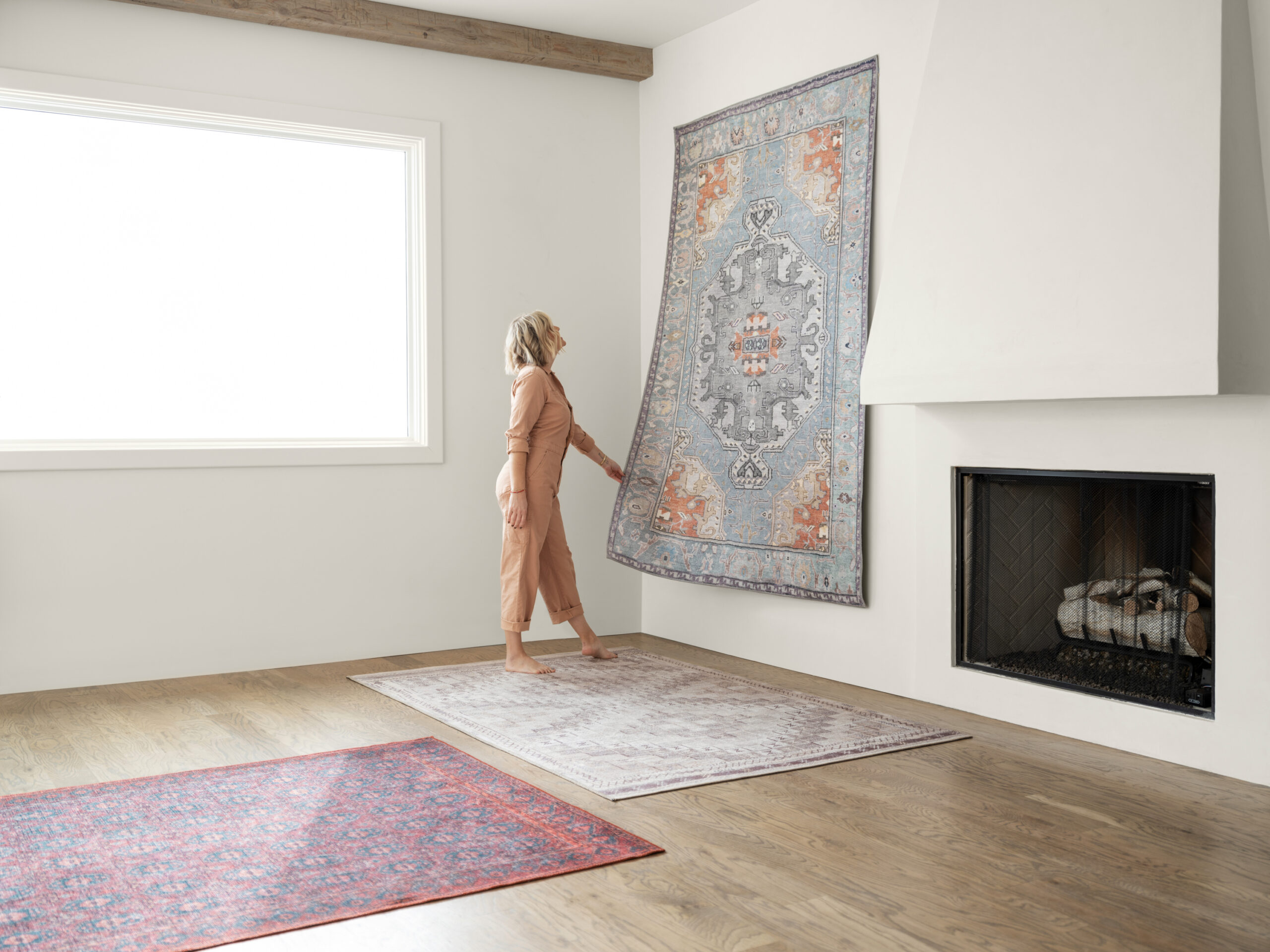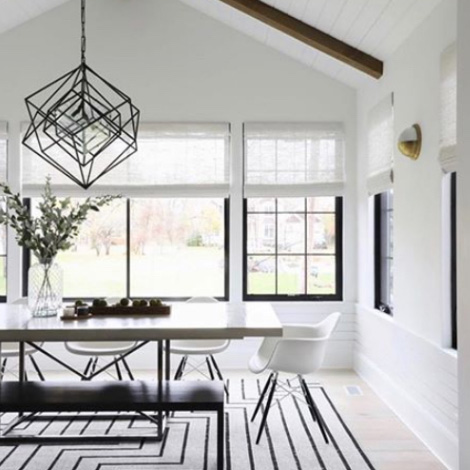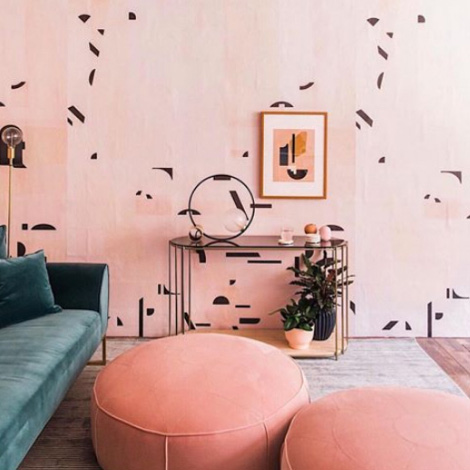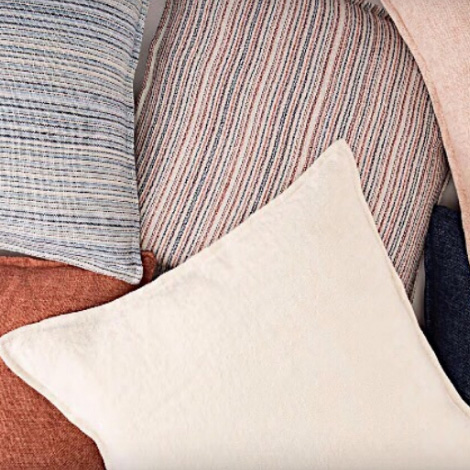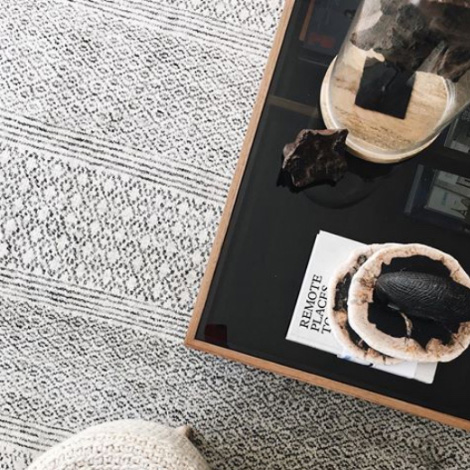For many designers, the dream is to reach a certain level of respect while producing excellent work that delights their customers. With that notoriety, however, there’s often a desire for consumers—clients and non-clients alike—to participate and be immersed in a designer’s world. Enter the designer brick-and-mortar, an opportunity for designers and interior brands to extend their magical world beyond their designs or products. Here, four designers and brands—including our very own Jaipur Living—discuss how they knew it was the right move for them.
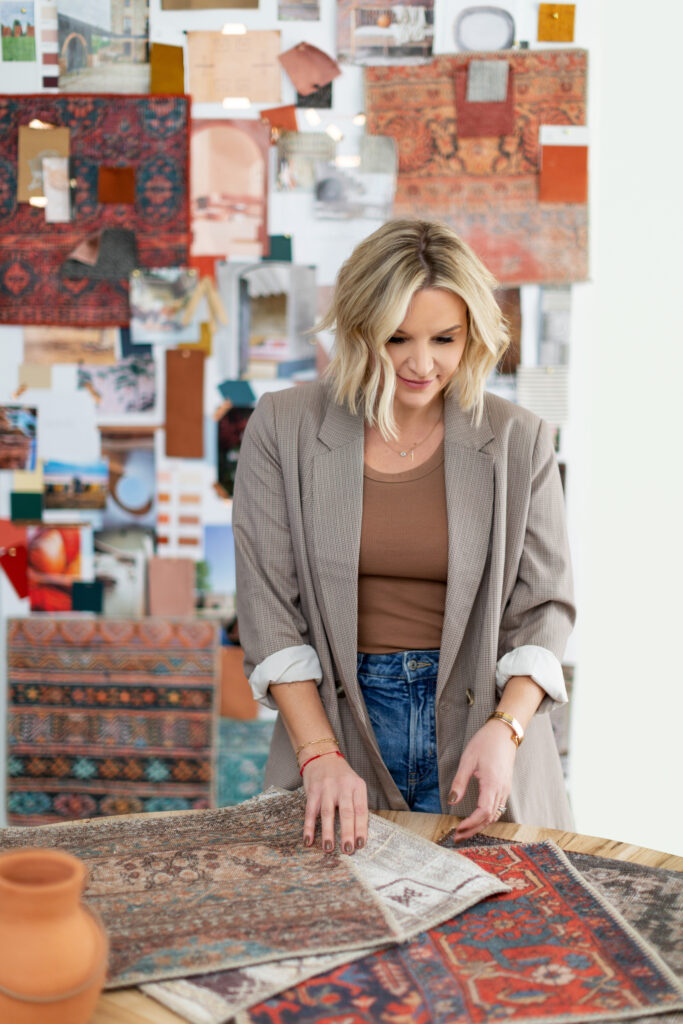
Interior designer Kate Lester shows a look inside the planning process for her collaborative collections with Jaipur Living.
Getting the Timing Right
No matter the medium, designers are storytellers. It’s only natural they would want a physical space to encapsulate their taste and style. According to interior designer and Jaipur Living partner Barclay Butera, the appeal of a showroom-cum-design lab was extremely appealing. Although he does admit he didn’t have anything more than a gut instinct leading him. “I’m not big on research,” he says. “I didn’t look at data. It was a case of being in the right place at the right time. I knew I wanted to invite people into the world of Barclay Butera.”
His flagship was opened in 1994 in Newport Beach, Calif., with Corona Del Mar, Calif., and Park City, Utah, following suit. “Whenever clients can look, touch, or even smell—my candles are a huge hit—our environment, they want it for their own,” he notes. “You can sketch, draw, and inspire forever, but there is nothing like the sensory experience of being in my own custom showroom.”
See also: 5 Candid Minutes With Barclay Butera
Says interior designer Bradley Odom, the Atlanta-based owner of Dixon Rye, the idea for a store can percolate for a long time before it comes to fruition. He recalls visiting a store in Birmingham, Ala., early in his career that was filled with inspiring objects and helpful staff. “But I knew I could do it better,” he says. He opened Dixon Rye in Atlanta in 2015—only a year out of design school—but the seed for the idea was there for a long time before execution.
For some, it’s a less willing process. “I always said I’d never venture into retail because as a luxury residential designer, I thought I may be a little disconnected from what a retail home goods consumer might be shopping for,” says Kate Lester of Kate Lester Interiors and Kate Lester HOME. “It turns out many of our retail customers are just looking for a small sampling of the ‘Kate Lester look’ without investing in full-service interior design, and I love that,” she says, noting that designers also shop with her as a time-saver.
See also: 13 Burning Questions With Interior Designer Kate Lester
And for Asha Chaudhary, CEO of Jaipur Living, it was simply time to bring human connection, craftsmanship, and interior design together through the debut of the brand’s Acworth, Ga.-based Jaipur Living Studio. “The Studio gives us a physical space to foster those meaningful relationships and show the beauty of our product,” she says. “It’s all about connection—about the importance of human interaction and physical presence. The space gives us an opportunity to not only show our rugs and home accessories, but also the people who help bring them to life.” The brand has also built a new High Point, N.C., showroom to reflect this viewpoint.
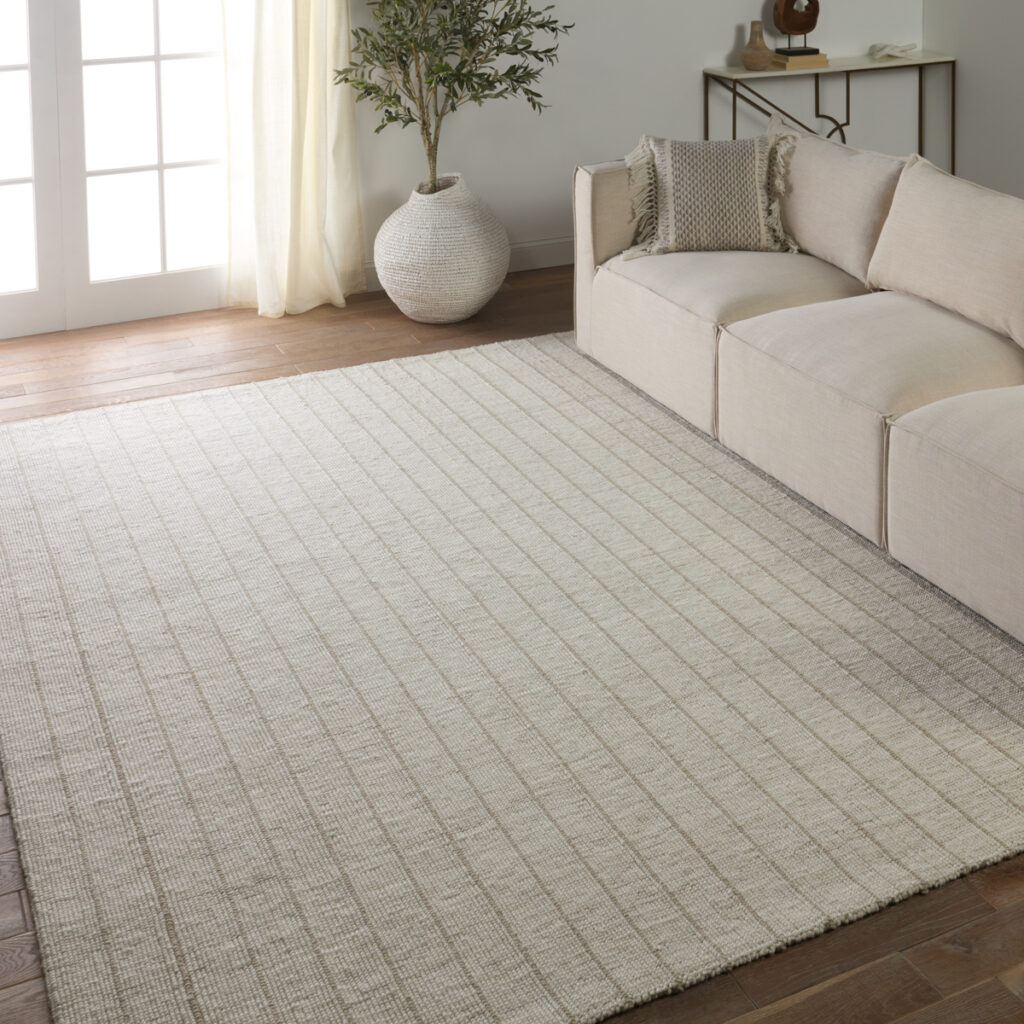
Barclay Butera‘s Oxford collection for Jaipur Living was captured at the brand’s on-site photo studio.
A Symbiotic Relationship
There are a few approaches designers can take in translating their world into a brick-and-mortar store or showroom. For Odom, the two businesses are seamless. “It was always important to me to have the two sides of the business benefit each other,” he says. “I never wanted Dixon Rye to be a store. I wanted it to be a destination coming from the perspective of a trained interior designer and passionate shopkeeper.” There’s a degree of flexibility and experimentation that a store lends itself to. Odom enjoys the fact that he can design his own products and have an easy distribution channel, for example.
He also looks at sourcing new products and artisans through the lens of both businesses. “We almost always get clients interested in our services after experiencing the store, so the store tends to inform our clients about our aesthetics and design.”
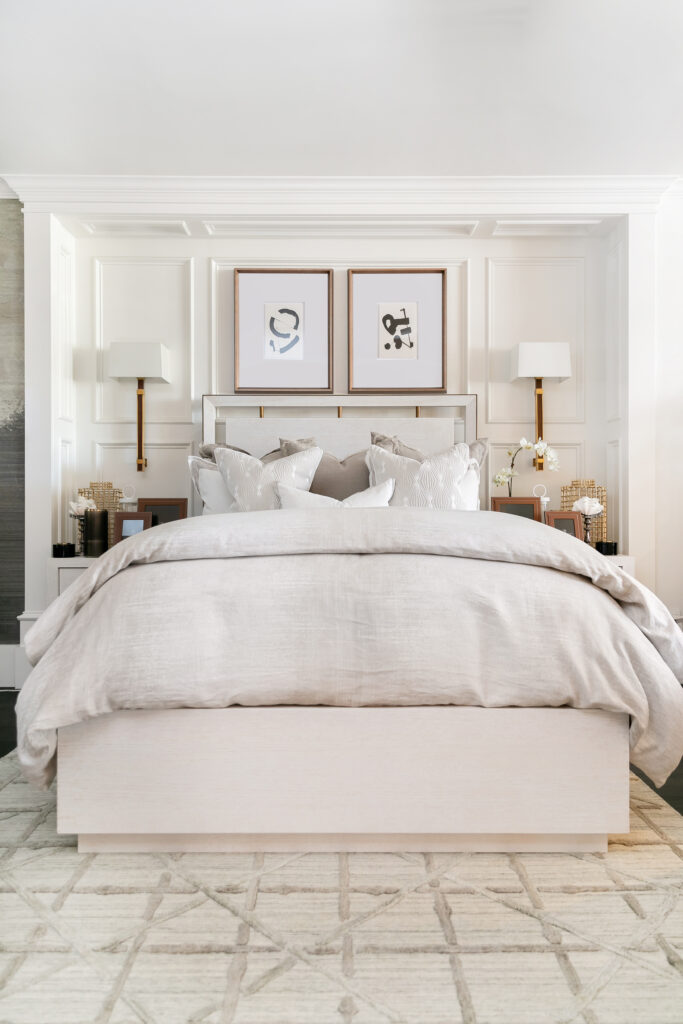
Barclay Butera‘s Brentwood collection for Jaipur Living is shown in the designers Newport Beach, Calif., showroom.
Butera sees the store as a floor-to-ceiling, holistic experience. “We go so far as to represent different flooring types in the showrooms, countless custom upholstery options, and an endless diversity of product mix: home decor, lighting, rugs, mirrors, and more,” he says. The store becomes less of a transaction spot and more of an total world as seen through his lens.
For Lester, it was of the utmost importance to her that her stores be laid out like actual homes. “This is absolutely intentional,” she says. “Instead of them being crammed with merchandise like a traditional gift shop, they’re curated and styled in a way that is relatable to our customers. … It allows our customers to see the product placed in an intentional way that is beautiful and functional. It makes selections and decision-making seamless—even for those with design-phobia.”
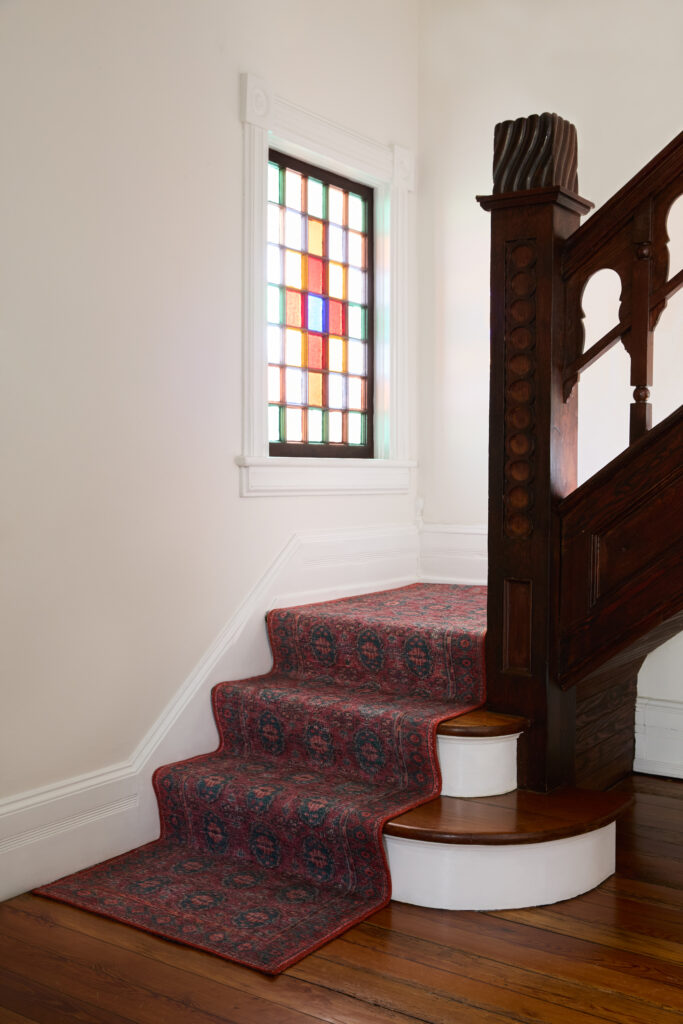
Kate Lester‘s Harman collection for Jaipur Living is easy to care for and kid and pet friendly.
Chadhaury notes that the opportunity to showcase Jaipur Living collections and introduce the brand to new devotees at the Studio is enormous, adding that there will be bestselling favorites, the full assortment of swatches, new products, vintage rugs, and one-of-a-kind designs from the brand’s Manchaha program, which are rugs designed by rural weavers and made from leftover yarn.
See also: Lifecycle Of An Artisan Made Rug
“We want the Studio to be an experience—a second home for Atlanta-based interior designers, as well as those visiting our area,” Chaudhary says. “We invite all to use our space as a place to think, be creative, design, meet with clients, and present their visions. There’s no rush in Jaipur Living Studio—we encourage our visitors to take their time and soak in the design inspiration.”
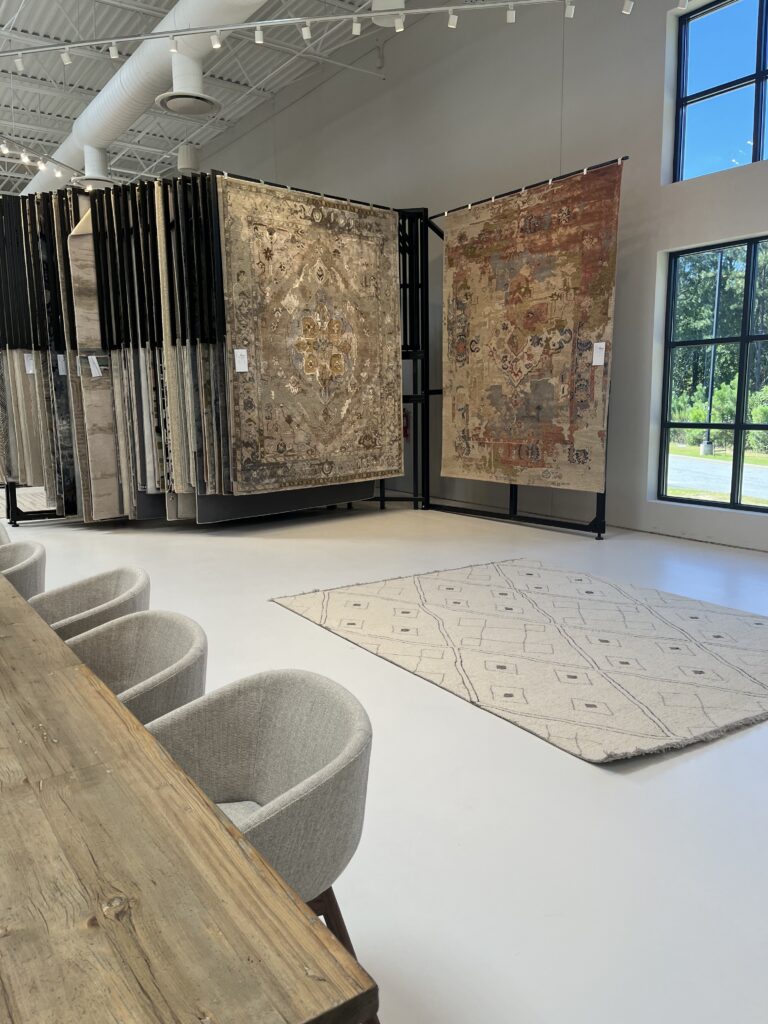
A peek inside the new Jaipur Living Studio, located north of Atlanta
Odom says having a store is an opportunity to show off your unique point of view, although he does caution that being a respected designer and a formidable shopkeeper are quite different. “You need to be very present in the shop,” he says. “People are interested in a connection to the owner and visionary behind a shop.” For him, that formula includes world-class service and the ability to scale your vision.
Chaudhary agrees that it’s up to brands and designers to think beyond the store and give customers an experience—every touchpoint is a place to inject the brand’s personality and philosophy, whether that be design or customer service. For Jaipur Living, that means the introduction of a white-glove service for Atlanta-area customers, as well as delivery and installation services, which all add to the first-rate customer experience.

Butera photographed in front of his Oxford collection at Jaipur Living‘s headquarters.
Scaling Up
Designers also have a knack for knowing when it’s time to keep going, to open more locations, or diversify business to spread their vision even further. Butera, who has three stores, says he’s tightened up each of his locations and made them more efficient, which has allowed him to scale properly and without overextending himself. Each has its own personality and purpose. Now well-oiled machines, he can concentrate on adding experiences, such as parties and community events. Lester—who has a corporate finance background—also sees a lot of success in her e-commerce business. “It’s really important to me to have diversification in all aspects of business,” she says.
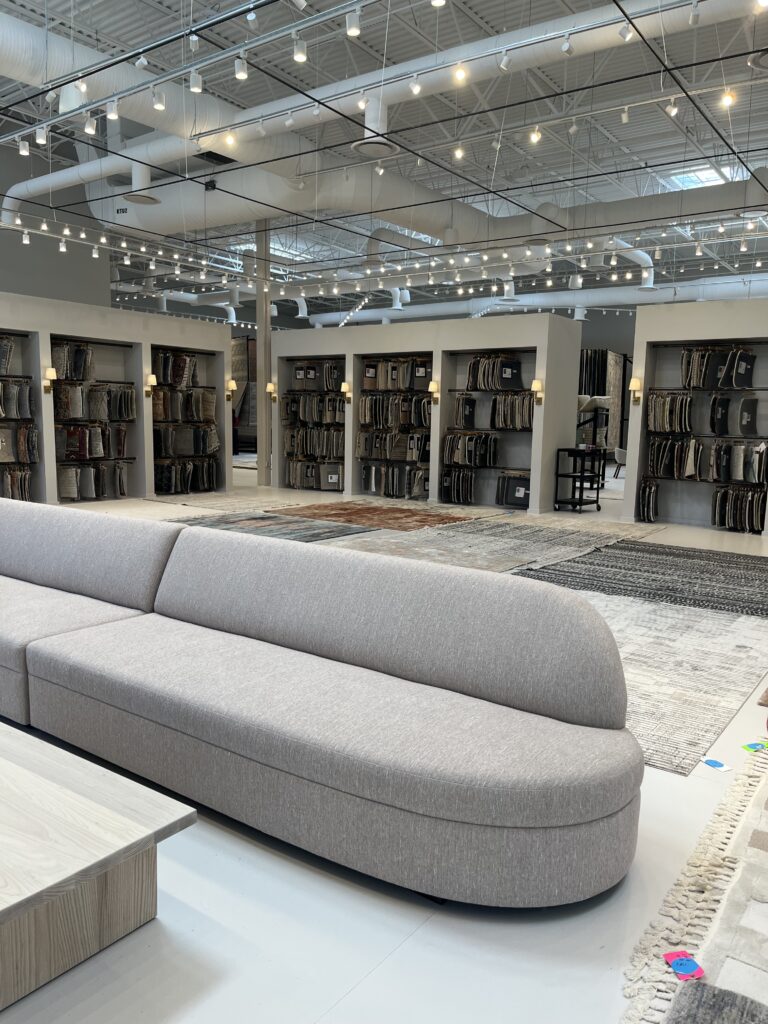
The Design Lab in Jaipur Living Studio is constantly in flux with new and upcoming product being displayed to clients and partners.
For Chaudhary, the decision to diversify into Jaipur Living Studio helps facilitate more face-to-face time with customers. “We are always thrilled to see the new and familiar faces during our travels at markets throughout the year, but the Studio is our chance to welcome interior designer partners and their clients into our home and truly envelop them into the Jaipur Living family,” she says. “We learn so much from our customers and from their invaluable feedback.”
No matter what the intention is behind diversifying into a brick-and-mortar, designers agree that it’s a pivotal moment in their career to help bring their little bit of magic beyond the four walls of their studio or their projects. It opens up a portal into the inspiration behind products and concepts and can offer feedback in real time, while making interior design feel more democratized. Lester perhaps sums it up best: “Good design is for everyone.”
Next story


